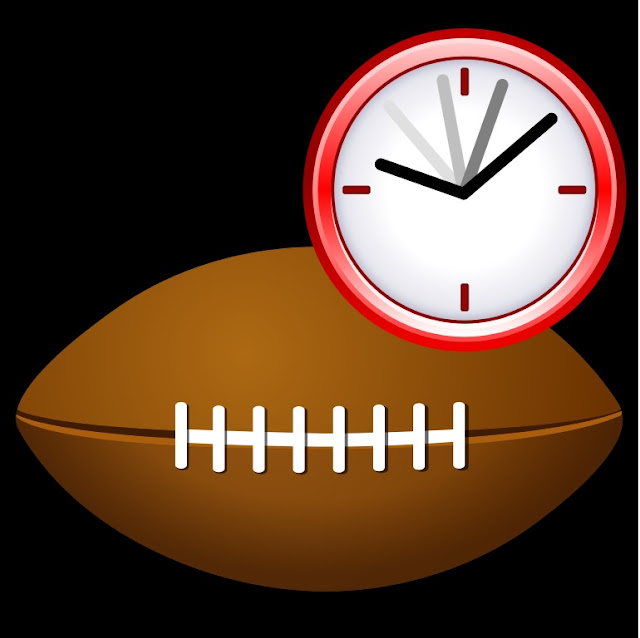PL 400 : configure scheduled and event-driven function triggers in Azure Functions (Process workloads)
Certainly, Azure Functions is true example of serverless which provides the abstraction of servers with cost effective. In the cloud concept, developer concentrates on the code rather server management. Although, it describes as unit of logical code, it divides in the three different piece, which assists it to work efficiently.
There are three key components of Azure Functions:
- Function App: Unit of development (can have many functions).
- Triggers: Event source that starts the function (One per functions)
- Bindings:
- Input: Data that is pulled in at the start an execution.
- Output: Data that pushed out after execution.
All components are important in Azure Functions, but Triggers make it to run Azure Functions and Binding is the way to declaratively associate another resource. Triggers and bindings let us avoid hardcoding access to other services. Triggers and bindings are defined differently depending on the language of development. Those languages depend on function.json.
A trigger defines how a function is invoked and a function have exactly one trigger.
Types of Triggers:
HTTP Trigger:
A function that will be run whenever it receives an HTTP request, responding based on data in the body or query string. : Microsoft
To Create HTTP trigger:
Authorization level in Function Apps:
To Timer Trigger:
There are two mandatory options in the creation of the new timer function. The first is the name the user chooses according to their naming convention and the second is the schedule that follows the CRON expression to determine the timing of the function:
CRON Expression:
{second}{minute}{hour}{day}{Month}{day-of-week}
* * * * * *
- - - - - -
| | | | | |
| | | | | +--- day of week (0 - 6) (Sunday=0)
| | | | +----- month (1 - 12)
| | | +------- day of month (1 - 31)
| | +--------- hour (0 - 23)
| +----------- min (0 - 59)
+------------- sec (0 - 59)
















Comments
Post a Comment